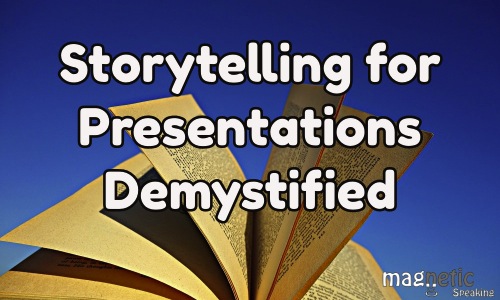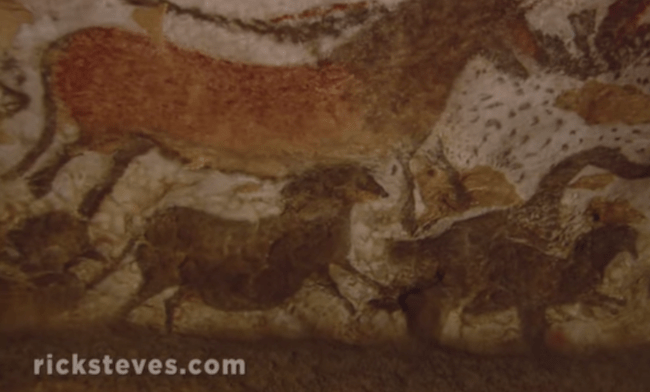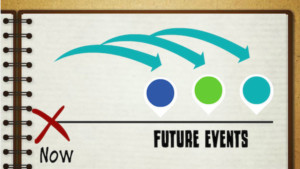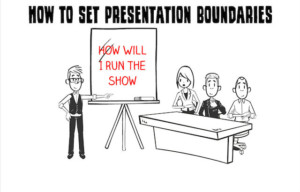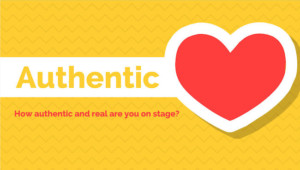The past belonged to the best storytellers…
… and so will the future!
Be a good storyteller and tap into this ancient power to influence and engage any audience.
Over the years the way in which we tell stories has changed and evolved; cave paintings, dance, plays, novels, movies and more.
No matter which medium is used, stories have always fascinated humankind. The desire to tell and hear stories is still an enormous part of humankind’s culture and impacts the way in which we look at life and work.
Do you know this:
The oldest known story was discovered by a group of four French teenagers in 1940 in the Lascaux Caves in the Pyrenees Mountains of Southern France. The boys had initially gone into the cave hoping to discover a lost treasure but ended up discovering a great piece of history.
This earliest known method of storytelling is in the form of a series of cave paintings dating back to a time between 15,000 and 13,000 B.C. (Wow) and depicts thousands of figures; human, animal, and some abstract paintings. When examined, these paintings tell a simple story of rituals and hunting practices.
Telling stories have been a way for people and cultures to build identities, construct meaning, and pass on traditions. Storytelling “has played a significant role in all cultures, but its adoption into professional cultures has been painfully slow. That’s because it’s easier to present a report instead of a well-crafted presentation that incorporates stories.”
Here is why you need to be a good storyteller
Tell Stories To Turn the Abstract Into Tangible
Stop the information dump! People are better able to process and remember information in the form of a story.
Presenting something through storytelling is what helps us to make abstract principles come alive. It’s certainly easier to present a report (we have school to blame for this) instead of telling a story, but in doing so, it will be much harder for your audience to process that information.
Cognitive Load Theory tells us how our mind can only hold so much information and is easily overloaded if required to process too much abstract or complex information at one time.
So, what does this mean?
Basically, it means once our minds have reached capacity, information will continue to pass through our minds, but we will have a tough time sticking.
Tell Stories To Help Your Audience Remember
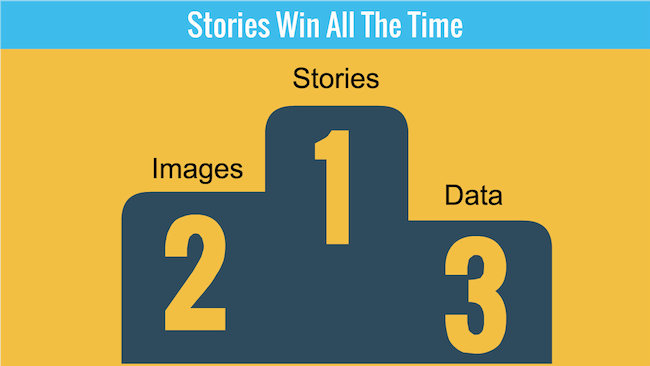
Stories help the information stick:
Most modern business professionals are required to process a vast amount of complex data and facts every day. Because of this, much of the processing power of their brains are already being used, leaving little to no room for them to sufficiently process your presentation.
Even if your audience has some time to settle in for your presentation, they’re likely digesting more information on their phones or thinking about their long to-do-list for the day.
When your audience’s eyes are glazed over, sometimes it’s because of the overload:
So, regardless of how compelling your information is, you’ll be met with the limitations of the human brain. Because our minds are so easily overloaded, it’s essential to employ a style of presenting that is easy to process. If you present your information to an audience in the form of a list, you’ll quickly overload their mental capacity.
How to Make Your Information Stick With Your Audience:
According to Chip and Dan Heath, authors Made to Stick, storytelling is one of the most important strategies a public speaker can incorporate into his or her presentations to make them more memorable. It’s one of the most reliable methods to make information stick in the audience’s minds.
Another reason your team may not be able to recall the charts and graphs that you presented to them only a day before is due to this simple reason; our minds prefer stories to facts. Unlike data, stories seem to take little to no effort to understand and are easier to remember.
If you tell your audience a story, rather than present data, you can jump into the deeper parts of their brain and force their emotion and memory to work together. Emotion more so than logic inspires people to take action.
Take a look at this infographic:
Tell Stories to Connect With Your Audience
In the end, it’s all about making a connection with your audience.
The desire to connect with another person is one of the greatest striving factors of human behavior and at the heart of great connection is good storytelling.
A good story will engage the audience, and a well-structured story (link to storytelling boot camp) will cause the audience’s emotions and brain waves to sync with yours.
The feeling of being in sync with another person is an immensely satisfying feeling that will cause your audience to feel more connected to you and your presentation.
When communication is working at its best, we are aligned with one another down to our very brain patterns. When you tell a good story, you’re taking your audience on a journey where they feel and experience a range of emotions.

No matter what kind of presentation you’re giving, it should never simply be about transferring information. Whether you like it or not, we’re emotional beings, and to engage people to the degree where they will care enough about you to listen and act, you need to evoke some emotion in them.
If you tell your audience a story, you will have a much higher chance of gaining their support and inspiring them to act on the information given.
Take a look at this TED talk below. It’s a short video that has tons of valuable information and lessons about the art of storytelling.
Tell Stories To Double Your Influence
A study was done by the Department of Social & Decision Sciences, Carnegie Mellon University demonstrates the power of stories in doubling charitable donations.
Two randomly selected groups of people were given $5 with two different versions of a fundraising letter titled Save the Children.
The first variation included statistics and numbers about food shortages in Africa and it impacts on the population.
The second variation included a story of Rokia, a 7-year old girl from Mali, Africa facing starvation and extreme poverty and how the money donated will possibly change her life forever.
On average, the people who read the letter with the statistics and numbers contributed $1.14. The people who read the story contributed $2.38 – more than twice as much!
Researchers say the reason the second letter outperformed the first story – was the use of the Story.
Conclusion
Everything can be told in a story format; you just have to tell it. Stories have been used in every culture as a way to entertain and educate. Today, they are still ingrained deeply in the way we communicate. Stories truly are one of the few human traits that transcend age, gender, culture, and language.
The next time you’re preparing for a presentation, remember the power of storytelling. Even in a straightforward business presentation laced with graphs, facts, and statistics, storytelling is important, maybe even more so in these types of presentations. A good story helps to illustrate a point much better than a set of facts ever could.
A story gives people a reason to care about what you’re saying. Through your story, they can relate to your characters, the plot, and the lessons learned. If you can make your audience relate to your story, you can make them relate to your message.
Remember:
It pays to be a good storyteller because the future will belong to those who tell a better story!
